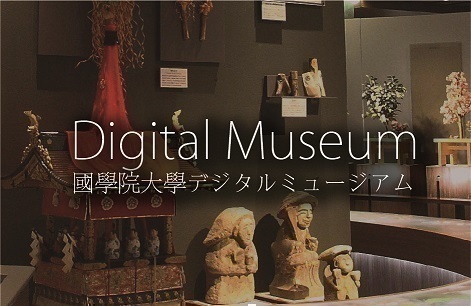- トップ
- Encyclopedia of Shinto
- Honchōjinjakō
Encyclopedia of Shinto
| Main Menu: | |
| Links: |
詳細表示 (Complete Article)
| カテゴリー1: | 9. Texts and Sources |
|---|---|
| カテゴリー2: | Other Basic Texts |
| Title | Honchōjinjakō |
| Text | (Hayashi Razan) This three-volume collection was compiled by Hayashi Razan at the beginning of the early modern period. The text was finished between the end of Kanei era (1624-1643) and 1645 and was published during the Shōhō era (1644-1647). The first volume includes material on Nijūnisha (The Twenty-Two Shrines). The second volume details famous great shrines. The third volume covers shrines with famous legends and traditions, hermits (shinsen), and great personages. In total, this text introduces one hundred and sixty shrines, and details the characteristics unique to each shrine, such as, those of the enshrined kami (saijin), origins and histories of the shrine, cults, and tales of miracles performed there, among other things, which are excerpted from historical works such as Nihon shoki. In addition, annotations have been added as needed; these are mainly critical evaluations of previous interpretations of the cited material. Among these annotations, for example, is an examination of tengu (long-nosed goblins) which appears in Hirata Atsutane's Kokon yōmi kō, evidence that this work offers basic information on history of shrines, ideas concerning spirits and mysterious phenomenon (kaii ) during the early modern period which is extremely valuable. Until this text was compiled, shrines were treated as individual entities and considered according to their own unique legends and histories. However, because shrines were introduced and classified/arranged according to a broader perspective accounting for all territories, Honchō jinja kō has become a type of general outline in the discussion of Shinto shrines. As such, this work may be considered the starting point for this kind of research and for the production of introductory texts on the subject in the early modern period. According the opening of this work, this book was compiled from an anti-Buddhist perspective (haibutsushugi ) that distinguished it from the Buddhist-Shinto syncretization (shūgōsetsu) that often characterized the tales of shrine histories dating from the medieval period. Yet, because approximately thirty percent of its references are drawn from Genkō shakusho, Honchō jinja kō nevertheless often relies on shrine histories from the medieval period which are clearly of Buddhist origin. Jinja kō shōsetsu published in 1645 at the request of Tokugawa Yoshinao is considered to be an abbreviated version of Honchō jinja kō. Honchō jinja kō is included in Shintō taikei, Ronsetsu-hen, Fujiwara Seika and Hayashi Razan. — Mori Mizue |




